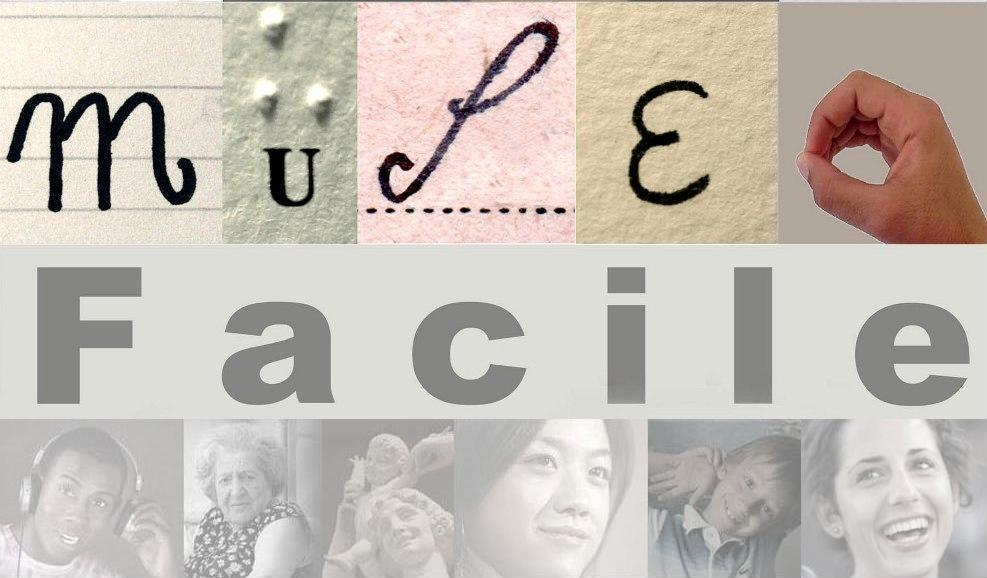The Marble Portals These two marble portals come from the façade of Desiderius’ abbey church (1066-1071). They were recovered in fragments after the bombings of World War II and were later reassembled. Both were still in place at the beginning of the 18th century when the monk Erasmus Gattola had them copied as engravings to […] Read More
The Abbey Church at the Time of Desiderius
The Abbey Church at the Time of Desiderius During Abbot Desiderius’ rule (1058-1086), Montecassino took on a grand and monumental appearance true to the notable prestige the monastic community had meanwhile attained. The most important undertaking promoted by Desiderius was the reconstruction of the abbey church that had already been transformed by Abbot Gisulf (796-817). […] Read More
The Chapel of St. Anne
The Chapel of St. Anne The current Chapel of St. Anne was built between 1949 and 1954 based on the design of Giuseppe Breccia Fratadocchi, the engineer who was responsible for the reconstruction of the entire abbey, together with Don Angelo Pantoni, a monk and the Abbey’s engineer. The modern building replaces an earlier […] Read More
The Cloister of St. Anne
The Cloister of St. Anne The Cloister of St. Anne was built in 1953, together with the small portico at the entrance which re-uses medieval marbles. In fact, excavations following World War II brought to light capitals, columns, corbels, cornices and other architectural elements. Nine trapezoid-shaped capitals hold up the portico’s arcade and are […] Read More
Montecassino Were It Was, As It Was
Montecassino where it was, as it was The history of Montecassino begins around 529 when St. Benedict arrived and founded his monastery on the hilltop. A small church dedicated to St. Martin was built on the site of a pagan temple, corresponding to the cloister at the monastery’s current entrance. Further up the hill, where […] Read More
The Museum of Montecassino Abbey
The Museum of Montecassino Abbey The Museum of Montecassino Abbey was opened to the public in 1980 on the occasion of the 15th centennial of St. Benedict’s birth. Here are the steps that led to its creation. In 1631 a substantial group of paintings was placed in the so-called “rooms of St. Benedict,” which were […] Read More
